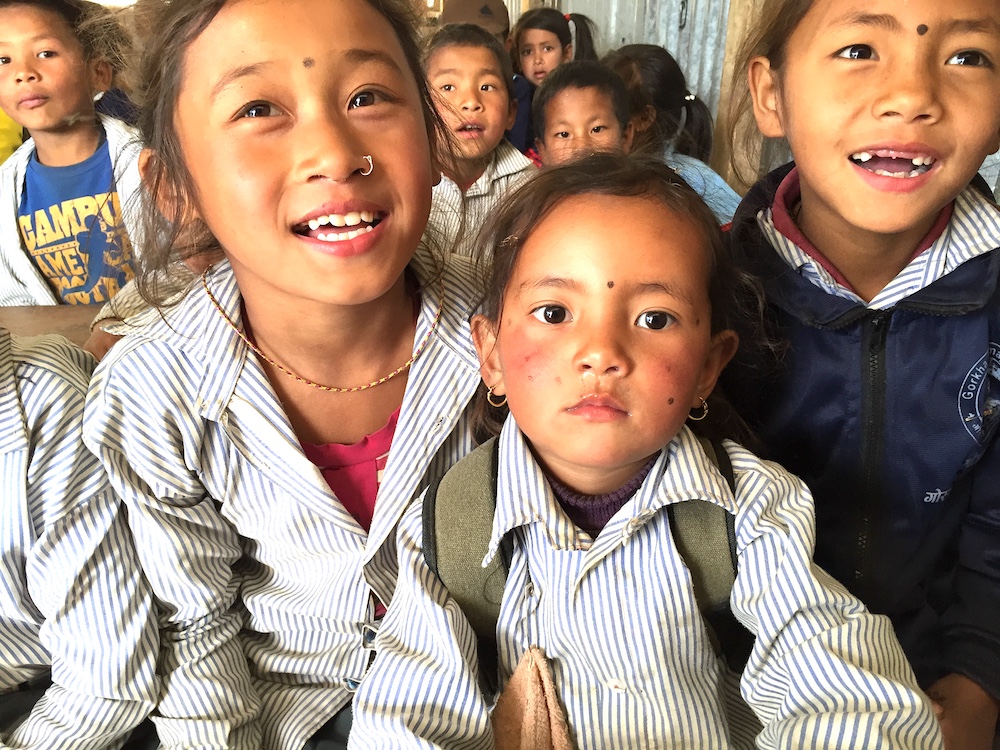Birouta Primary School Students, Gorkha District, Gandaki Province
Nepal has made great strides in education in recent years. The number of schools and colleges have increased, and more students are enrolling in higher education. However, there are still many challenges that need to be addressed.
One of the biggest challenges is poverty. Nepal is one of the poorest country in the world, with about 32% of the population living below the poverty line, which means that many families cannot afford to send their children to school or pay for their education.
Another challenge is the lack of qualified teachers. Many teachers in Nepal do not have the necessary training or qualifications to teach effectively. This results in poor quality education for students.
The government of Nepal has been working to improve education in the country, but there is still a lot work ahead.
Impact of Poverty on the Educational System
The impact of poverty on the educational system is far-reaching and affects students, at all levels of education. In Nepal, the majority of the population lives in rural areas, with little to no income. This causes poor access to basic necessities like food, clean water, and shelter, let alone education. The few schools that exist are often understaffed and lack resources and as a result, students are not able to receive quality education and are more likely to drop out of school.
Unfortunately, without a proper education, it becomes difficult to secure a job that can lift people out of poverty.
Challenges Faced by Nepalese Students
Nepalese students face a number of challenges when it comes to education. First, as the country is still developing and many infrastructure and resources are still lacking, the number of schools available is not enough to support all children, especially the ones living in remote areas. Not enough schools, not enough teachers, not enough training.
Second, poverty is still predominant, and most families cannot afford to send their children to school, regardless free tuition and fees. No income families from rural areas are still having a hard time providing their children with clothing, educational material, and uniforms.
Third, the language is still a major barrier. Although most people in the country speak the official language, multiple dialects exist. This creates challenges for both, teachers and students, during class.
Lastly, discrimination against women and girls. Discrimination and harassment occur inside and outside the classroom, while male supremacy is encouraged.
The children of this country are facing challenging tasks. How can we support them all?
Nepalese Students Receiving Aid, Gorkha District, Gandaki Province

